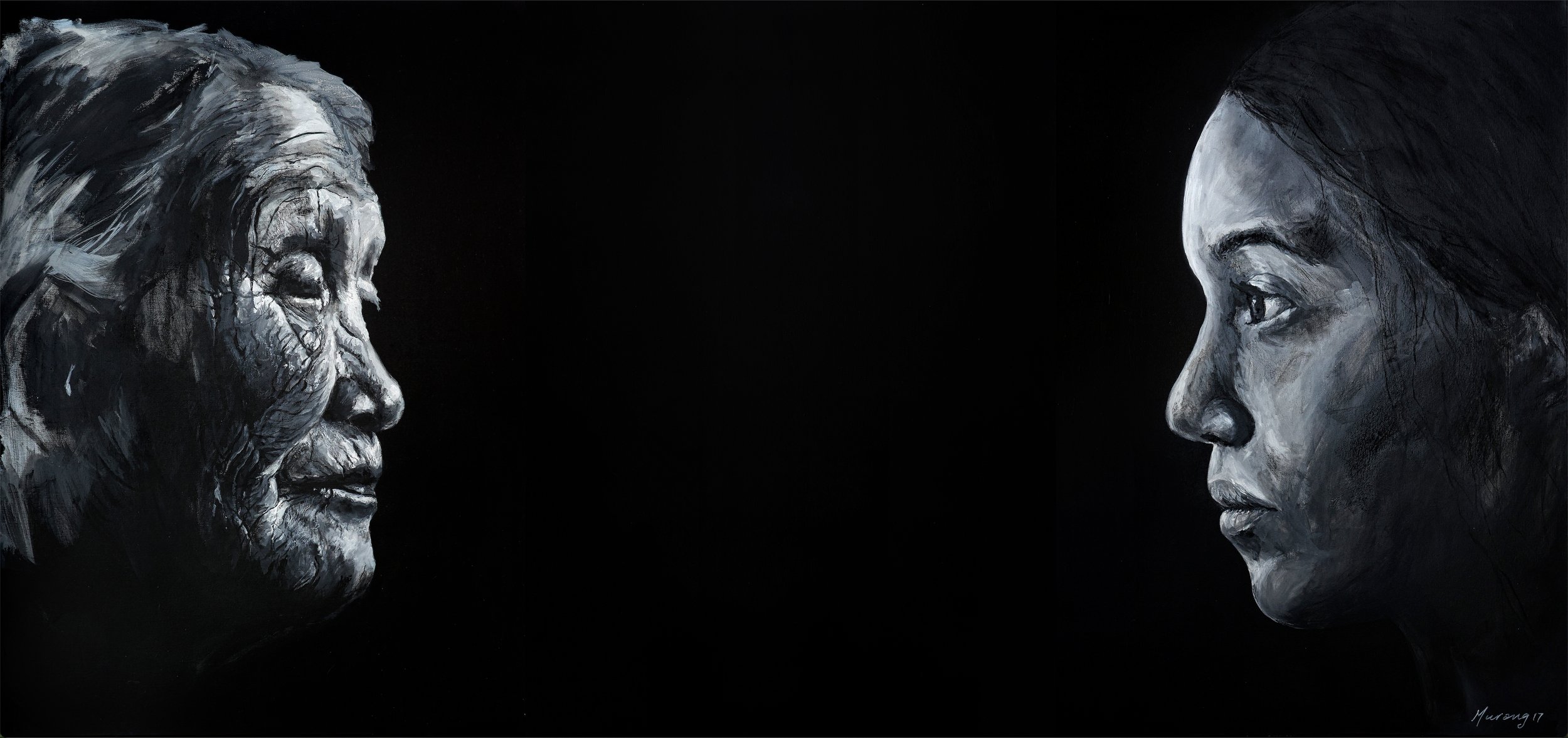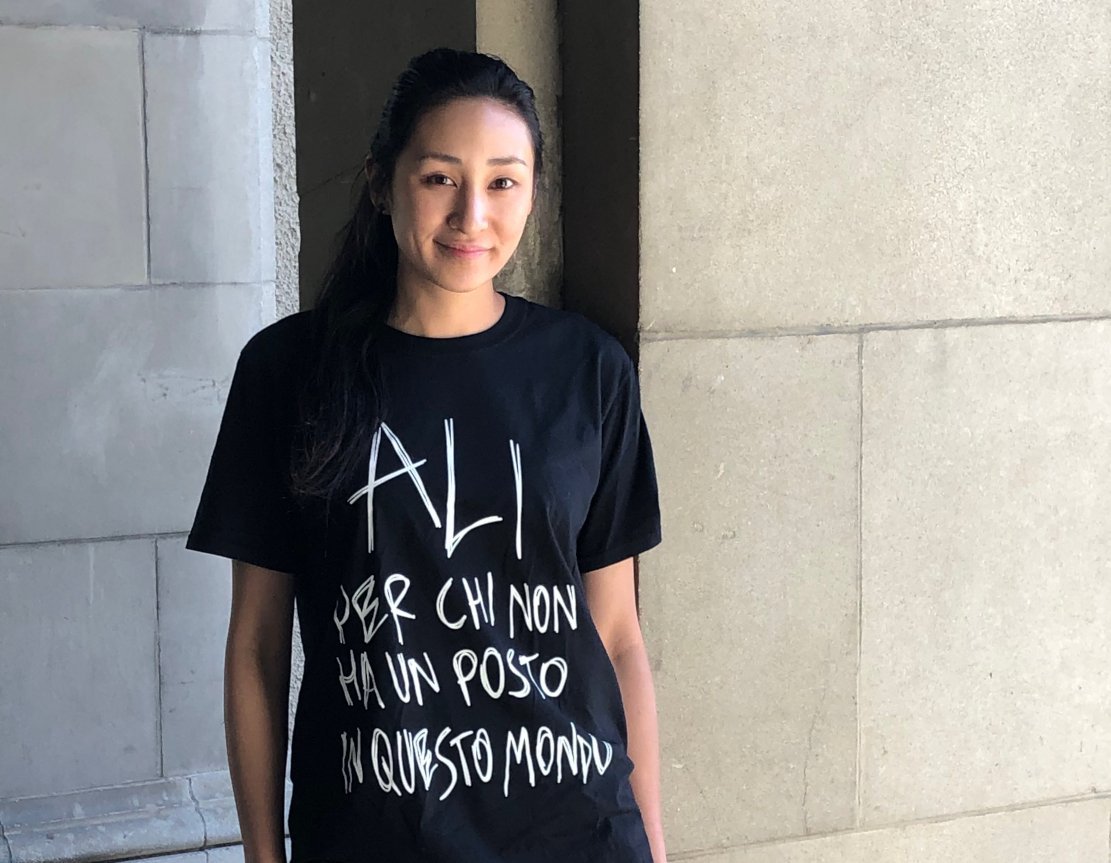
The Winds of Others
"Each soul is a lantern carried across endless roads; it burns not alone but by the winds of others."
— Mahadevi Varma (महादेवी वर्मा)
Since I have been able to reason, I have lived in the zone of the displaced.
My first language was not that of my land, nor were the home and culture that nourished me in body and mind.
I recall sitting cross-legged on the ground, forming a circle on the first day of kindergarten.
The teacher spoke to me, but I did not understand a word she said.
The other children laughed.
I think it was then that I decided I must belong, and did everything I could to fit the norm.
But I misunderstood the norm, too, shaped by the echoes of another language, another rhythm.
I immersed myself in the language of the majority and tried to forget my own.
Yet something always pulled me toward the lives of those who didn’t quite belong either.
I sought other cultures, other religions, other ways of speaking and being.
I chose a profession believing I would find a place where difference was richness, where the desire to understand the Other was a shared pursuit.
I spoke out.
I asked questions.
And still, my background stood as an invisible wall to understanding.
Decades have passed.
Now, I think: it is all right not to fully understand as long as we are willing to accept that "the winds of others" are lanterns we, too, can learn from.
As Indian sociologist and feminist philosopher Sharmila Rege wrote,
"Our words are born at the intersection of memory and resistance.
To speak is to weave the self from the tatters given to us by others."
It is from this place of weaving that this special issue of The Pasticheur was born: an issue dedicated to female artists and writers of Asian descent and origin.
Why focus on these women?
Because they are different from me.
Because through their difference, they offer not separation, but a mirror, a mirror in which humanity appears not reduced, but expanded.
Because encountering their work transforms my vision of the world into something richer, something more alive.
Each woman featured in this issue, from the United States, Iran, Malaysia, Singapore, Vietnam, Japan, China, Sri Lanka and beyond, carries within her work the luminous tension of being neither one thing nor another.
They move between languages, traditions, histories, and futures.
They claim transition not as loss, but as expansion.
They resist the demand to simplify, to explain, to stand still.
They choose movement.
They choose becoming.
It is here, in the space of thresholds, hybridities, dissonances, and silent dialogues, that imagination breathes most fiercely.
"What is important is not what is said, but what is implied," Jun'ichirō Tanizaki reminds us.
The works published here do not shout slogans.
They hum, they fracture, they gather, they withhold, and in doing so, they open.
Art and literature may not overthrow systems overnight.
But they do something just as vital: they refuse erasure.
They refuse the violence of homogeneity, of certainty.
They insist on complexity, on nuance, on the sacred work of seeing, listening, reading, and tasting.
"Art is our weapon. Culture is a form of resistance," writes Shirin Neshat, and it is resistance not only to political oppression across nations and institutions, but to the slow deadening of the human spirit itself.
The Pasticheur, in its third year, in its childhood, if you will, chooses to grow among diverse voices.
We begin by gathering, in one issue, a chorus of women who, at a glance, may seem similar, but who are not.
They have not been flattened by the politics of assumption.
They have remained luminous.
They have remained plural.
They have remained in motion.
May we move with them.
Jorge R. G. Sagastume
—Editor-in-Chief
Artists
(in alphabetical order)


















